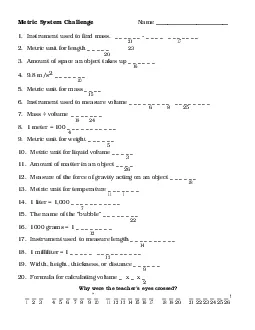PPT-Sextant - a n astronomical instrument used to determine latitude
Author : pasty-toler | Published Date : 2018-10-26
and longitude at sea by measuring angular distances especially the latitudes of sun moon and stars Text from The Apothecary Image of a sextant used
Presentation Embed Code
Download Presentation
Download Presentation The PPT/PDF document "Sextant - a n astronomical instrumen..." is the property of its rightful owner. Permission is granted to download and print the materials on this website for personal, non-commercial use only, and to display it on your personal computer provided you do not modify the materials and that you retain all copyright notices contained in the materials. By downloading content from our website, you accept the terms of this agreement.
Sextant - a n astronomical instrument used to determine latitude : Transcript
Download Rules Of Document
"Sextant - a n astronomical instrument used to determine latitude "The content belongs to its owner. You may download and print it for personal use, without modification, and keep all copyright notices. By downloading, you agree to these terms.
Related Documents














